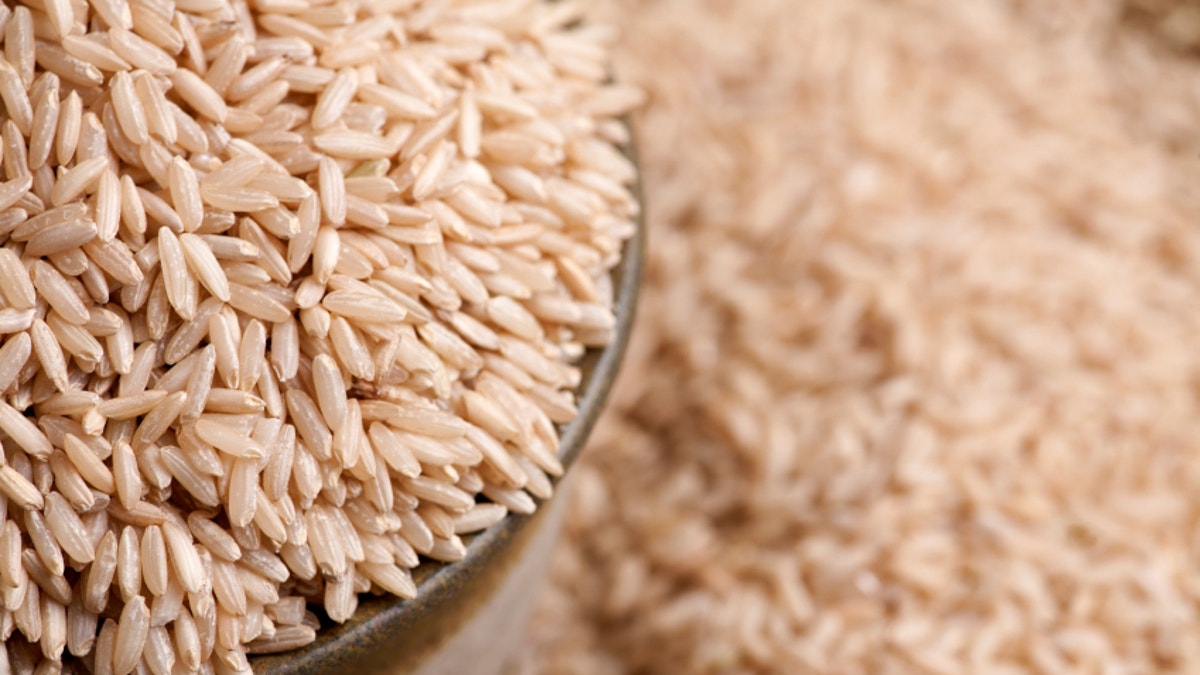
Back in January of this year, I wrote about fungicide in orange juice and arsenic in apple juice, and wondered what food-poison combo would be next. Well, we have our answer! This week, a new study by Consumer Reports revealed that arsenic is present in a wide range of rice products, from cereal to baby food, and of course, in regular old rice itself.
And because one news story about the toxic nature of our food supply just isn’t enough, recent tests carried out by the Mercury Policy Project of Montpelier found that canned tuna fish used in school lunches contained levels of mercury that sometimes surpassed the federal limit. Why the federal limit isn’t zero is another matter for concern, since the Environmental Protection Agency (EPA) itself admits that too much mercury exposure can cause kids to develop severe learning disabilities and other negative health effects. Based on the Mercury Policy Project's findings, canned tuna is currently the number one fish product consumed in the U.S., making tuna the top mercury exposure risk in the American diet.
But mercury and arsenic are present in more than just our food supply. Arsenic pervades our water, soil, and air because it occurs naturally in the Earth’s crust, and also because of chemicals used in farming and other industries.
The EPA limits the amount of arsenic in this country’s drinking water to 10 parts per billion, but there is no federal limit on the amount of arsenic food can contain, even though experts have long known that plants take up arsenic as they grow. Arsenic’s negative effects on human health are well-established: according to the National Resources Defense Council, a 1999 study by the National Academy of Sciences linked arsenic exposure to bladder, lung and skin cancer. The study also found that arsenic harms the central and peripheral nervous systems; heart and blood vessels; and may cause birth defects and reproductive problems.
In the wake of the Consumer Reports study, three members of Congress from Connecticut, New Jersey, and New York proposed legislation requiring the Food and Drug Administration to set a maximum level of arsenic in rice and rice products and entitled it, The RICE Act (Reducing food-based Inorganic and organic Compounds Exposures).
Unfortunately, this measure and others like it – that “limit” rather than “ban” toxins like arsenic and mercury – don’t go far enough to guard against public health crises.
Even Dr. Philip Landrigan, a pediatrician, epidemiologist and director of Children's Environmental Health Center at Mount Sinai Medical Center in New York City, recommended that for the next few months or years, parents “…avoid any rice that comes from Texas, Louisiana or Missouri, and when it doubt go with barley or oatmeal.”
So, how can you avoid exposing your family to mercury and arsenic? For mercury, eat seafood in moderation– it all contains various levels of toxins. While it goes without saying that schools should not serve students mercury-laced foods of any kind, in the meantime, pack your children’s lunches full of nutrient-packed organic fruits and vegetables. Mercury is also found in dental fillings, light bulbs, thermometers, batteries, certain paints, coal emissions, and a number of common medications.
Though arsenic is almost impossible to avoid because of its deep-rooted presence – natural or otherwise – in our soil, you can try to limit your family’s exposure to this pollutant. Limit products containing brown rice syrup, rice milk, and other rice-based ingredients. Serve your family healthy, less toxic alternatives like organic millet or quinoa, which are packed with protein. Lay off fruit juices made with apples and grapes, which contain high levels of arsenic, according to a Consumer Reports study released earlier this year. Drink bottled water instead of tap water. Additives used in poultry feed commonly contain arsenic, which doubles down on its toxicity when the chicken droppings are used as fertilizer and absorbed into the soil. Unfortunately, baby foods made with rice are another major source of arsenic. Prepare fresh, organic fruits and vegetables for your little one, rather than risk exposing your baby’s tiny body and brain to this known carcinogen.
As ever, know where your food comes from: Even organic rice doesn’t mean arsenic-free, since pesticide runoff from conventional farming practices can persist in soil for decades. But organic rice is still your best choice, since organic food growers guard against exposure to other chemicals routinely found in conventional foods, and use safer, healthier growing methods overall. The more we buy organic produce and make those farming practices the rule rather than the exception – the healthier we’ll be, the better we’ll feel.
